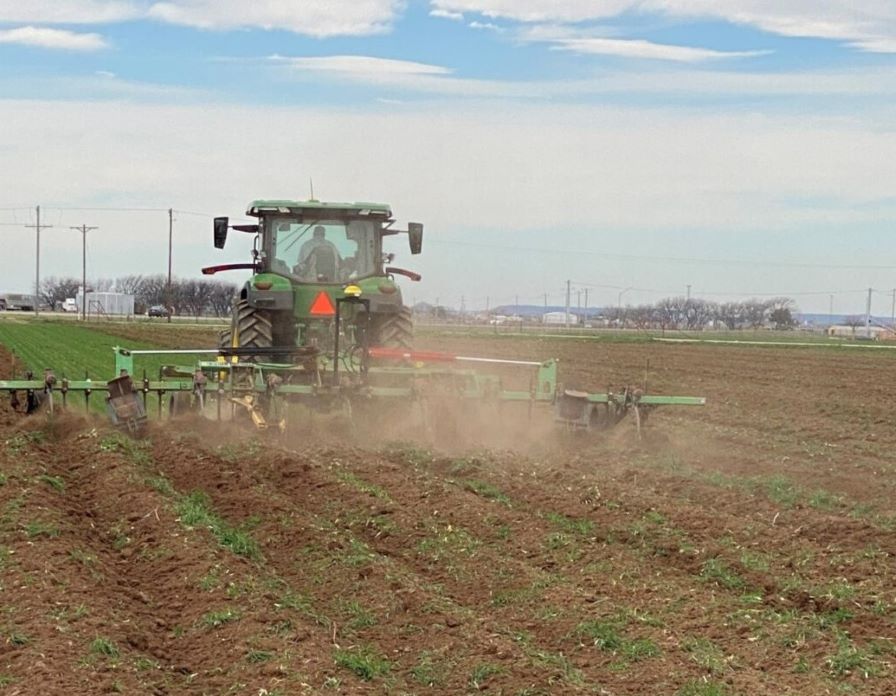Number of Active Cotton Gins Up in Arkansas
By Mary Hightower, University of Arkansas System Division of Agriculture
While the number of cotton gins has broadly declined in Arkansas since 2000, the number of active gins increased by five in 2016 to 31, said Scott Stiles, extension economist for the University of Arkansas System Division of Agriculture.
The National Agricultural Statistics Service issued an annual report on gins on May 10.
Craighead and St. Francis counties each had two additional gins operating in 2016 and Phillips County added one, where it had none operating the previous year.
Statewide, Arkansas’ cotton acreage increased to 380,000 acres, up from a record low of 210,000 in 2015. The 2017 Prospective Plantings report put this year’s acreage at a half-million acres, the highest since 2012.
“The number of active gins has steadily declined over the years in response to many factors such as the construction of newer, higher-capacity gins, module storage, and particularly shifts in crop acreage,” Stiles said.
Efficiency matters
Bill Robertson, Extension cotton agronomist for the University of Arkansas System Division of Agriculture, said that in the “last couple of years, most gins had been trying to hang on as best they could.
“The economics of the ginning business is no different than any other business,” he said. “You’ve got to become more efficient to survive. We’re seeing the numbers of smaller and less efficient gins going down.
“With the acres and production increases we’re seeing this year, some gins are looking to invest in equipment to improve speed and efficiency,” Robertson said. “Hopefully this will keep the snowball rolling downhill and growing to see continued improvement in the cotton industry.”
May 10 also provided good news to cotton in Arkansas, as Gov. Hutchinson announced plans by Shandong Ruyi Technology Group to hire up to 800 workers at a plant in Forrest City that will process more than 200,000 tons of Arkansas cotton a year into yarn.
“We hope that this company will provide another boost to cotton in Arkansas,” Robertson said.
“Despite declines in number, the remaining gins are handling more total volume than in recent years,” said Stiles. “In 2016, the 31 active gins processed almost 859,000 bales compared with 699,000 bales by 39 gins in 2013.
Stiles also noted that the number of gins handling 20,000 to 39,999 bales a year increased from four in 2015 to 12 in 2016.
“This is likely the result of gin consolidation, as the number of gins processing 20,000 bales or less fell by four last year,” he said. “Another factor could have been increasing cotton acreage in 2016 and the resulting higher volume, which likely created an incentive for some higher capacity gins to re-open after being closed the previous year.”
One dark cloud
If there is one dark cloud in this brightening picture, it’s the downward movement of cottonseed prices.
“Over the past year, per-ton seed prices have declined roughly $100 to the current level of $175 per ton,” Stiles said. “Lower seed prices mean less revenue for gins. This may become a consideration in whether or not a gin operates in 2017.”









